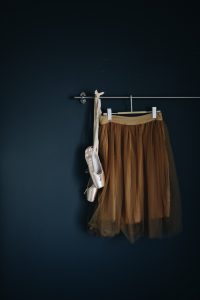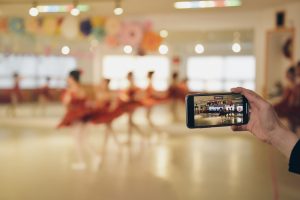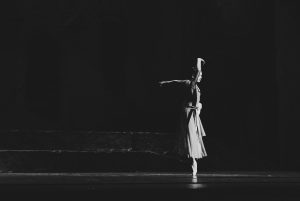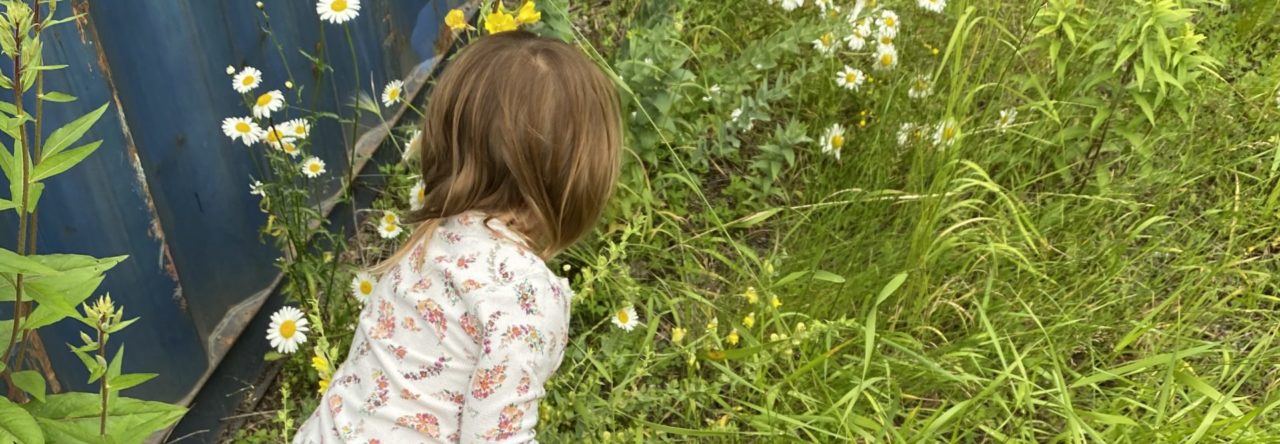While conducting my personal research on different views on choreographic processes, I came across an article written for DANCE magazine. This article written by Jose G. Sadan, looks at how a dancer my adapt themselves to participate within various choreographic processes. Sadan discusses strategies for dancer to look to while working with choreographers in order to keep the vision alive and put their best foot forward. I found this interesting to read as growing up I worked with multiple different teachers within various technical styles and approaches to choreography. Sometimes I found hard to work with some teachers more than others due to the approach that they took to the piece and how they instructed the dancers. This article lists strategies that I have used as well as some that I have never thought about. The strategies given will definitely be able to help me engage students and myself in future artistic works.

The first of the strategies provided includes developing and using a growth mindset. this further links to many discussions and lessons we have had throughout our academic year as the mindset benefits overall learning through constant goal setting and believing in intrinsic and personal success through improvement. The article suggests to let go of the notion of getting it perfectly the first time. It helps to think of improving and working towards a final goal as the piece progresses. It is okay to be perfect in the first moment. 
The second suggestion is to create a personal warm-up to engage in before any rehearsal begins. This allows the dancer to mentally prepare themselves and engage their body in movement that works beyond any set technique. This further works to allow the dancer to be ready to engage in the development of new movements and be ready for anything that the choreographer throws at them.
 The third strategy includes extra work for the dancer. It is suggested that dancers make time to review, reflect, and practice on their own outside of rehearsal. This allows them to be further mentally and physically prepared for future rehearsals as they better memorize the movements given previously so that they are more able to focus on the new material be given. It also allows them to become more fluid in the movement and explore the artistry that they can bring to the phrase later on.
The third strategy includes extra work for the dancer. It is suggested that dancers make time to review, reflect, and practice on their own outside of rehearsal. This allows them to be further mentally and physically prepared for future rehearsals as they better memorize the movements given previously so that they are more able to focus on the new material be given. It also allows them to become more fluid in the movement and explore the artistry that they can bring to the phrase later on.
The fourth suggestion includes weighing the pros and cons of your reasoning for participating in the project and working with the choreographer. Sometimes working with certain choreographers can be frustrating especially if the room develops a feeling of tension, a lack of communication exists between the dancers and the choreographer or a artistic limit exists within the piece. In this situation it can be helpful to ask yourself why you are there. What is the bigger picture? What am I gaining from this experience.

The fifth and final strategy discussed includes the combination of looking beyond frustration and developing a growth mindset. If a dancer can look beyond frustrating movement phrases and choreography and keep an open mind to the choreographers visionary’s and what they themselves might be able to accomplish by the final performance of the piece, the dancer will then have the opportunity to turn a difficult experience into a rewarding collaborative accomplishment.

Research retrieved from:
https://www.dancemagazine.com/how-to-adapt-to-any-choreographic-process-2314473741.html
DANCE Magazine. Written by : Josie G. Sadan. Mar 16, 2017
Accessed on February 19th, 2020
I am a huge fan of the growth mindset idea. In my past dance classes this was something I struggled with. With dance (depending on the style) it is often looked at as an art form that requires a certain level of skill and technique that is geared towards perfection. While working on my current group piece, I have tried to implement this thought process more with myself and the dancers I am working with. It helped that I worked together with the dancers to develop the movement and put it together. this allowed us to explore and see what worked and what didn’t and move beyond perfection. very rehearsal we had we looked at how could further build upon or better what we had done, moving beyond the idea of perfection.
Enjoy these videos on embracing mistakes and developing a growth mindset through the arts!

Leave a Reply
You must be logged in to post a comment.